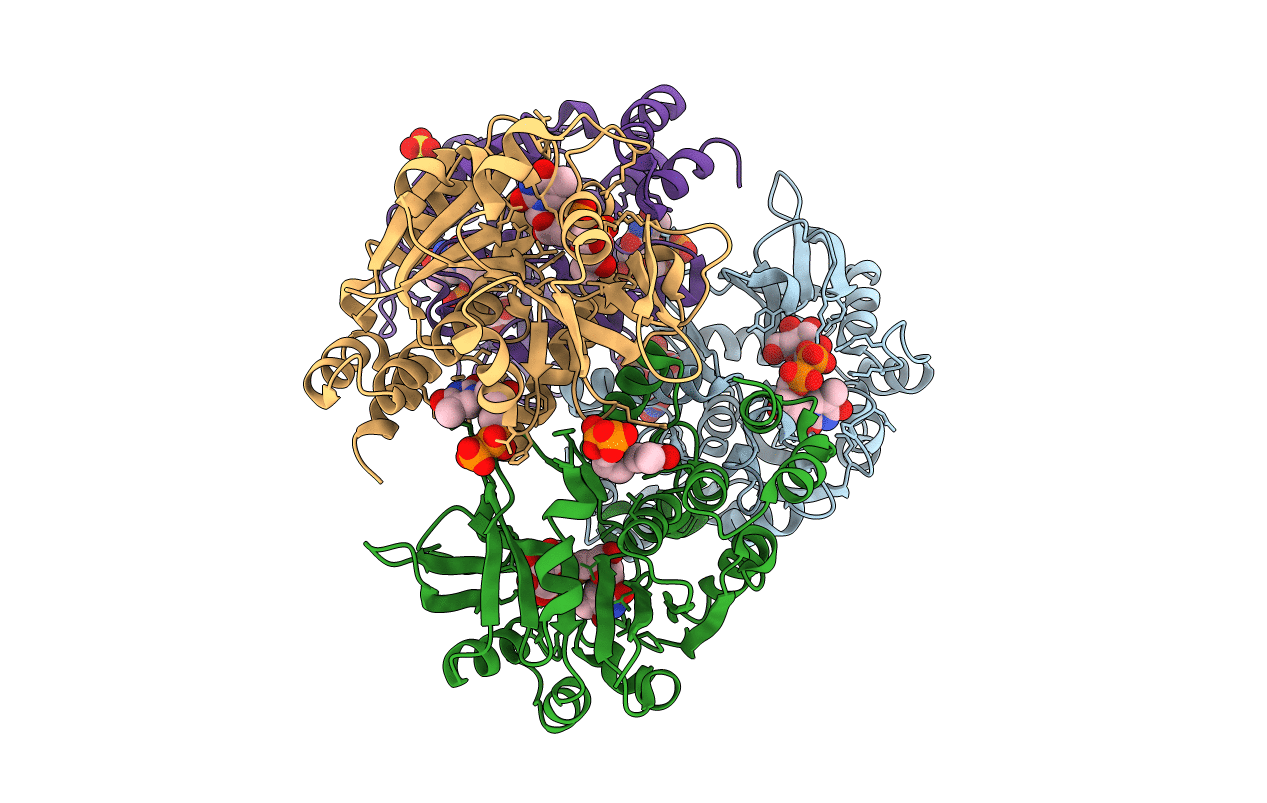
Deposition Date
2001-05-25
Release Date
2001-11-23
Last Version Date
2025-10-01
Entry Detail
PDB ID:
1H5T
Keywords:
Title:
Thymidylyltransferase complexed with Thymidylyldiphosphate-glucose
Biological Source:
Source Organism:
Escherichia coli (Taxon ID: 562)
Host Organism:
Method Details:
Experimental Method:
Resolution:
1.90 Å
R-Value Free:
0.22
R-Value Work:
0.17
Space Group:
P 1 21 1


